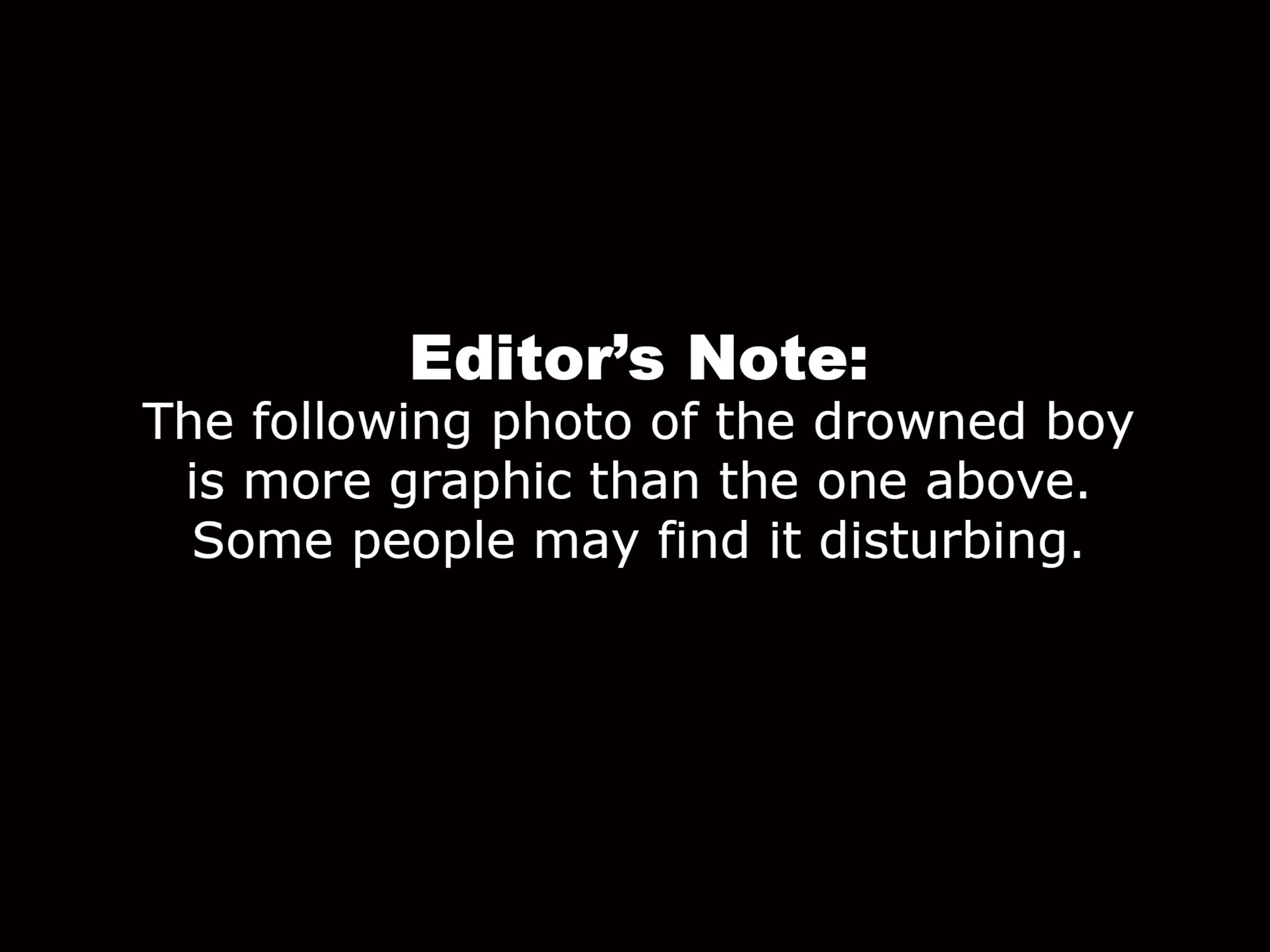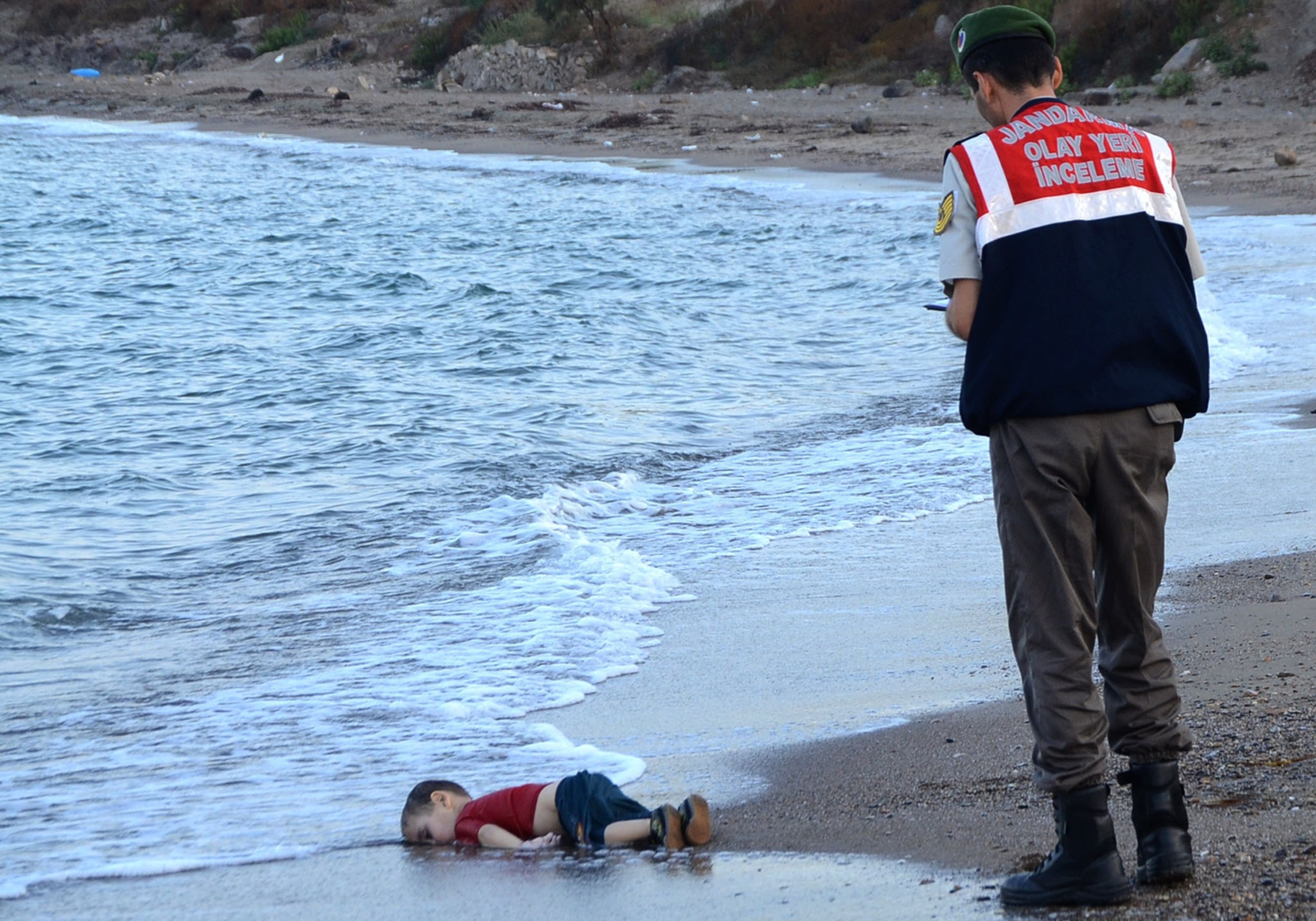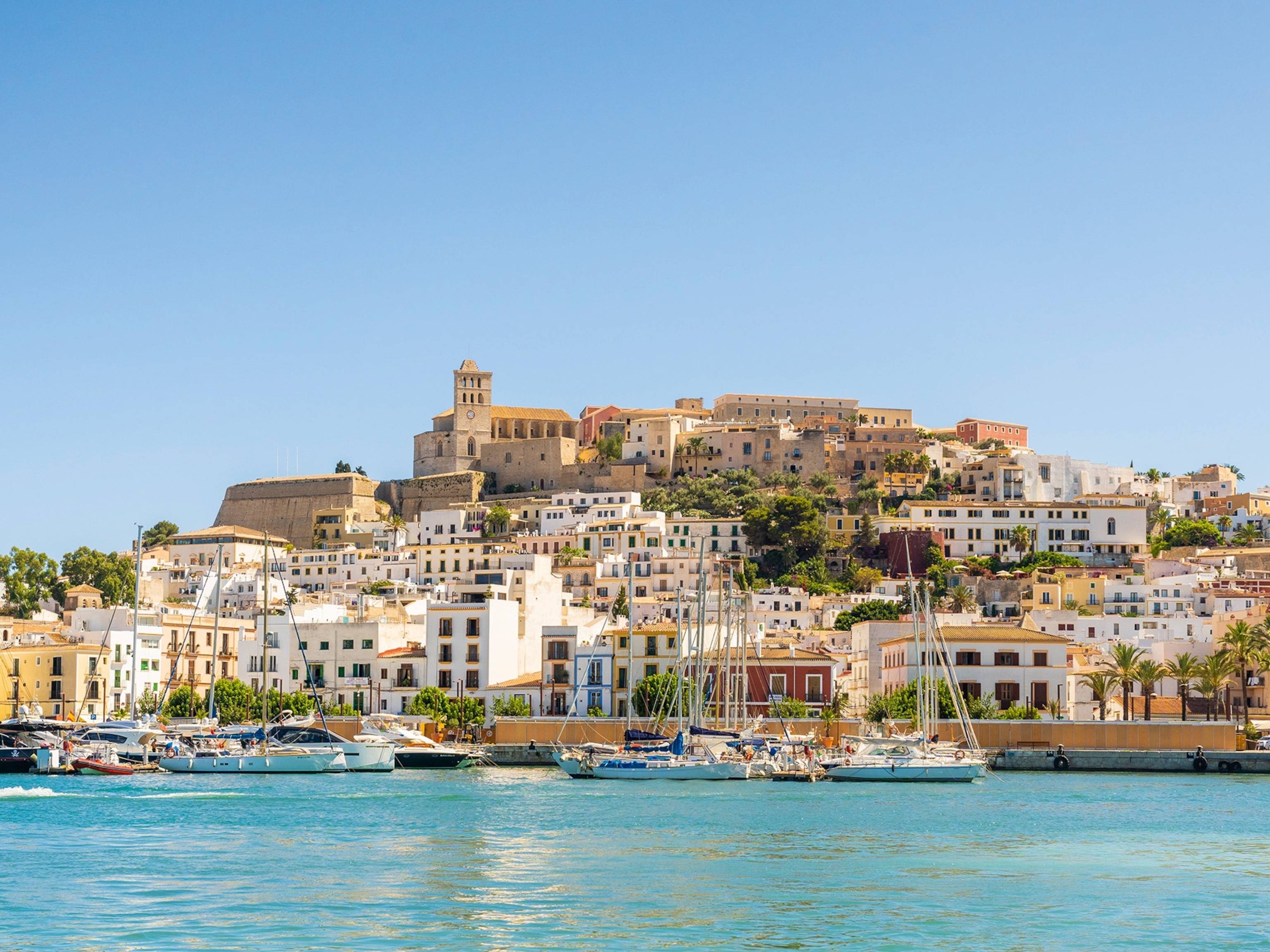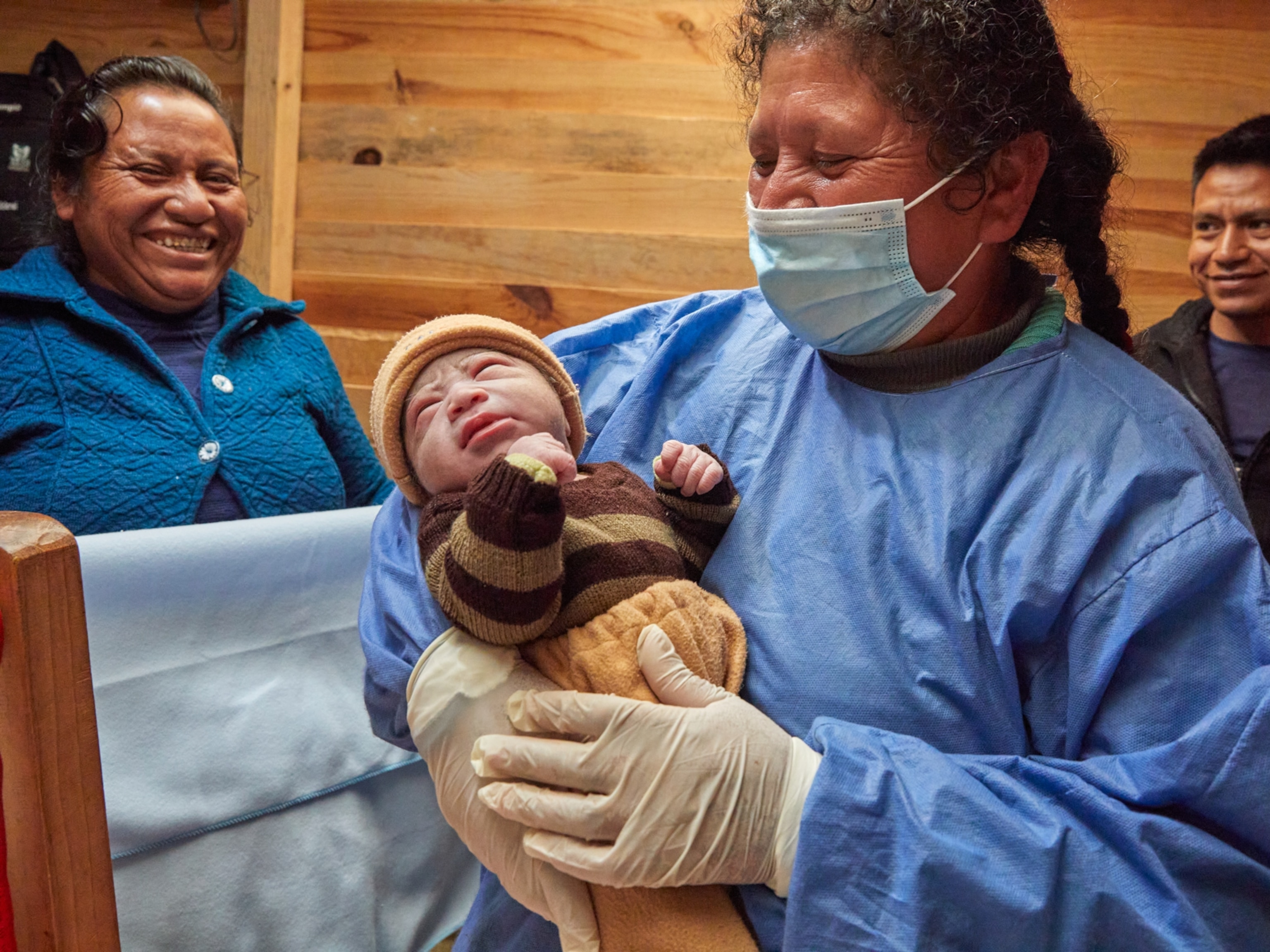
Will Photo of Drowned Syrian Boy Be a Turning Point?
The image is shocking but could inspire change, says photographer John Stanmeyer.
When photographer John Stanmeyer first saw the viral picture of drowned Syrian toddler Aylan Kurdi washed up on a Turkish shore, his reaction was probably just like yours. "I happen to be a photographer multiple levels after just being a human," says Stanmeyer, a National Geographic contributor who has been covering the Syrian refugee crisis and who has covered humanitarian disasters for decades. "I see myself there. I see my own children there."
But Stanmeyer says the world needs to see images of the refugee crisis, which shows no sign of abating. An estimated 13.9 million people were displaced last year due to conflict such as the war in Syria, persecution and poverty, according to the United Nations. "We have to be repulsed and angered so that we collectivity stand up and turn the wheel of change," says Stanmeyer, who talked to us by phone from Perpignan, France.
I know you’re traveling and just seeing the photo as we speak...
Yes, there it is. It’s downloading. (Pause) Little boy in the water. (Pause) Bastards. Just a mess.
As a photographer and as a human being, what does this photo say to you?
Well, I look at everything as a human being. I happen to be a photographer multiple levels after just being a human. I see myself there. I see my own children there. This is just a tragic, painful, excruciatingly dynamic evil truth of what borders do. We’re all related, we’re all one and this is what happens if you don't have a passport or the freedom to move.
That is me on the beach. That’s you.John Stanmeyer
When we populated our planet we didn’t have invisible lines we call borders to hold us back. Yet now we isolate ourselves by region and geography and culture. To me this is how flat-out wrong we are as a global society. It is the blatant reality of how broken we are in forgetting our intrinsic reality that we are all interconnected.
When did you start covering the current refugee crisis—the worst since World War II in terms of numbers?
This began for me when I was in Turkey covering the Out of Eden walk for the Geographic story. The largest mass exodus since the fall of the Ottoman Empire happened last last year during the fall of Kobani to ISIS. Over a three day period about 150,000 human beings were streaming across an invisible line we call a border seeking sanctuary and safety.
Some argue the photograph of the boy shouldn’t be shown, that it’s too graphic.
Well, I get all of that. We’re always going to have these questions, everyone has emotional sensitivities and they’re different with everyone. I’m not saying that I don’t have sensitivity, too. I look at that image and I get angry. I’m actually enraged just talking to you, not because of you, and I’m honored and thankful that you’re calling me. But I’m angry that this happens today. We have to be repulsed and angered so that we collectivity stand up and turn the wheel of change.
We’re witnessing history perpetually repeat itself. We are a species with monumental ability to make change, but also to do evil, or to do nothing…. I’m going to walking around the rest of the day screaming in my head, but I want to make people scream. Because it’s wrong and if someone with far greater power than you or I can see this and be repulsed and angry then maybe they will find that ability to push that button and change this.

As someone who has been on the ground covering this crisis, where do you see it heading in the coming months? It seems to be getting worse by the day.
I hope this is the moment we have a finite image and really look into our consciences, our souls and hearts and ask ourselves…where are we going? This is the only place we can live. We need an awareness shift that we are killing ourselves by allowing this. That is me on the beach. That’s you.
When you think of it that way, maybe we’ll ask ourselves—do we need to get a little more engaged with what’s going on in Syria where we have such enormous horrors taking place against people and such a mass exodus? And this is not the only place, Syrians are not the only diaspora in abject peril. This is happening perpetually in other countries.
In your coverage of this refugee crisis, is there one photograph you’ve taken that speaks to you the most?
I have no interest in self in terms of what I feel is important. If I’ve made somebody think then I did my job. There is one image, though, it’s on my Instagram account. An artist had seen the story that we did in the Geographic and there’s a picture of a child crying at the border with his family that ran in that issue. She was so moved by it that she did a series of sketches of every child that ran in a photograph in that issue of the magazine.
She sketched five or six images of children—I never realized how many children were photographed in that spread—because she was so affected by seeing children in forced migration who were suffering. It’s not what’s important to me—I’m insignificant. In some regards maybe with that story I hope did my job if someone was moved enough to take the passion and the time to illustrate it with their own hands, through their own conscience.
Follow Eve Conant on Twitter.







